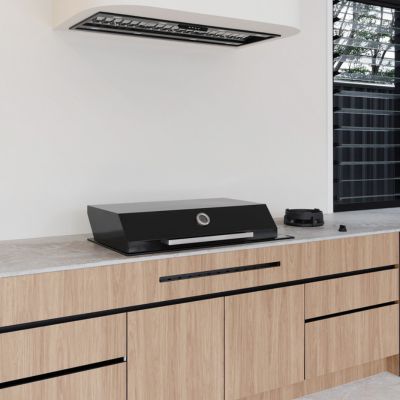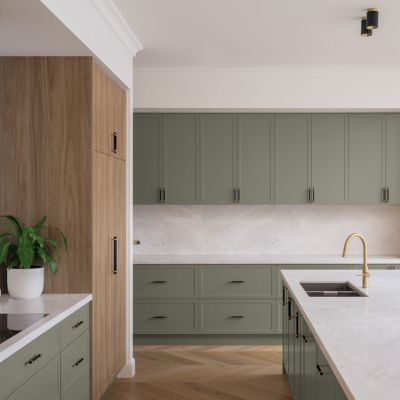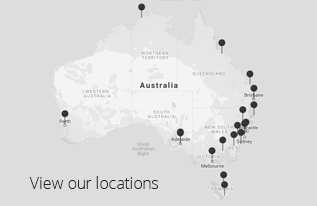Most commonly, laminate is used in kitchen cabinetry and benchtops as a cost-effective addition to the home - as technology advances, we are now seeing realistic timber-grain and stone choices that rival the 'real deal'.
Laminates are used in various applications across residential and commercial projects including furniture, toilet partitions, wall features, office stalls and wardrobes - the options are endless. However, many don't completely understand the potential of LPM and HPL.
What is LPM?
Low Pressure Melamine, or also known as laminate, is manufactured using resin-impregnated decorative paper which is bonded to both sides of an MDF or particleboard sheet under heat and pressure.
Decorative LPM products include a wide variety of colours and finishes. polytec's range of readily available surface textures includes Woodmatt, Matt, Sheen, Gloss, Ravine, Legato, Finegrain, Ashgrain, Natura and Venette.
LPM panels are most commonly used in vertical, low impact applications - such as partitions, store fixtures, and office furniture for commercial purposes. In residential applications, LPM can be used for vanities, entertainment units, cabinetry and much more.
What is HPL?
High Pressure Laminate, or HPL, is the most popular option for kitchen benchtops, and is created under extremely high pressure and heat to form a thin product which is then glued to furniture or benchtops.
High Pressure Laminate is used in horizontal applications, such as benchtops and tabletops. HPL can also be used in vertical applications such as curved panelling and has a higher impact resistance, making it more suitable for high traffic applications.
The future of laminates was completely turned on its head with the introduction of vastly superior technologies enabling higher quality products and finishes. Laminates now have the capability to mimic real stone and timber at a fraction of the cost, without sacrificing style and functionality. The touch and appearance of laminates have become a desirable product with various finish options.
Digital technology allows for modern file separation, enabling us to produce a realistic product and finish.
In the past, laminates did not have the luxury of a postformed edge, making it look cheap. Now, polytec employ tight radius', and physical properties such as stain and scratch resistant surfaces that make laminate a much more valuable choice. These new and improved features allow for laminate to be used in high-traffic areas, in various applications from residential to commercial.
Images courtesy of Zephyr & Stone and R.Z. Owens Constructions






